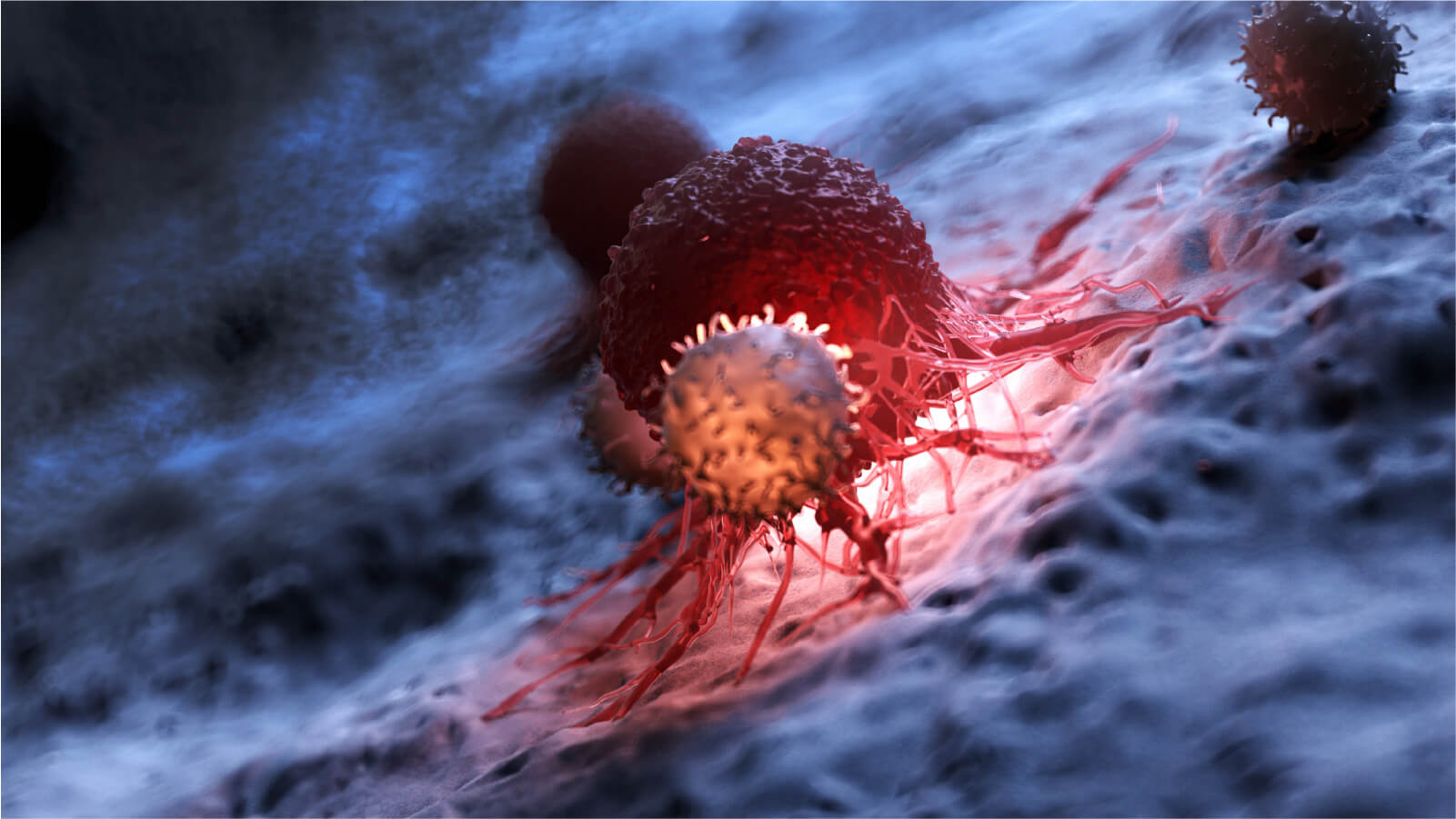
Q.1 What is going on in this painting?
A. A middle-aged man, wearing a white turban, is lying with his eyes almost closed, in what appears to be a bath. His head is resting on the right arm of a chair covered with a white towel placed behind the bath. His right arm is hanging down limply, holding a quill. His left hand is holding a letter with writing on it. A stab wound is visible on his chest below the right clavicle. Blood can be seen from the wound, in the bathwater and on the letter. A green cloth lies across the bath over what appears to be a piece of wood or other hard material, judging from the hard edge visible through the cloth along the length of the bath. A blood-stained knife lies on the floor near the drooping right arm. An up-ended wooden box on the right side of the bath serves as a table upon which there is an inkwell, two pieces of paper with writing, and an ink-stained second quill. Inscribed on the box is “À Marat” (To Marat, in French) and the artist’s name “David”. The background is neutral, so all our attention is directed to the man in the bath.
Q.2 Why might the man be working in a bath and why has he a turban on his head?
A. This might be due to some illness which also seemed to have affected his head. However, there is no indication of any skin rashes or other signs of disease which is puzzling. The inscription “À Marat” on the wooden box gives us a clue: this painting was intended as an homage by David to his friend and political ally Jean-Paul Marat (1743-93). Marat, a major figure of the French Revolution, was a radical journalist, political theorist, physician, and politician. He had a debilitating skin condition with itching and blistering, perhaps Dermatitis Herpetiformis. Baths with minerals and a turban soaked in vinegar were attempts to reduce the discomfort.
Q. 3. Is he alive, dying or dead, and what killed him?
A. It appears that he is dying, since he continues to hold the piece of paper in his left hand as he slumps to his right side. A blood-stained knife lying on the floor beside his limp right arm is clearly the murder weapon.
Q. 4 Does the artist show us who killed Marat?
A. There is nobody other than the victim to be seen in the painting. However, if we read the letter in his left hand, written in French, we learn that it was a woman: “Marie Anne Charlotte Corday to citizen Marat. Given I am unhappy, I have a right to your help.” Corday (1768-93) was allied to the Girondin faction of moderate republicans. She felt that the ideals of the French Revolution had been betrayed by the violence of the Jacobin faction, and particularly, by Marat. She requested an interview with Marat on the pretense that she would betray the Girondins by giving him a list of names. After the stabbing, she was arrested and guillotined. David, a Neoclassical painter, intending to show Marat as a martyr, idealized his features, illuminating his face and arms in a soft light that reveals nothing of his disfiguring skin condition.

